This is part 11 in a series of posts on a prototype of the Kolari Vision thin-stack sensor modification for the Sony a7II. The series starts here.
The Leica 28mm f/2.8 Elmarit-M ASPH doesn’t do well in the corners on the a7II, and, although it does somewhat better on the Kolari-modified camera, it’s not a good match. How does the Kolari thin stack on the a7II compare with the Leica M240 with that lens attached to each. Both cameras have 24 MP? Neither camera has an AA filter. The Leica has special angled micro lenses, and camera firmware that reads a 6 bit code off the lens and performs optimization based on the lens model number. That should give the Leica camera an advantage. How does that play out in the real world?
The scene at f/8 with both cameras. I focused on the center with live view with both cameras. With the Leica M240, that’s the only option. Maybe I’m stacking the deck against the a7II, but I figured it would be cheating to use the put-the-focus-point-anywhere feature of the Sony to focus in the corner.
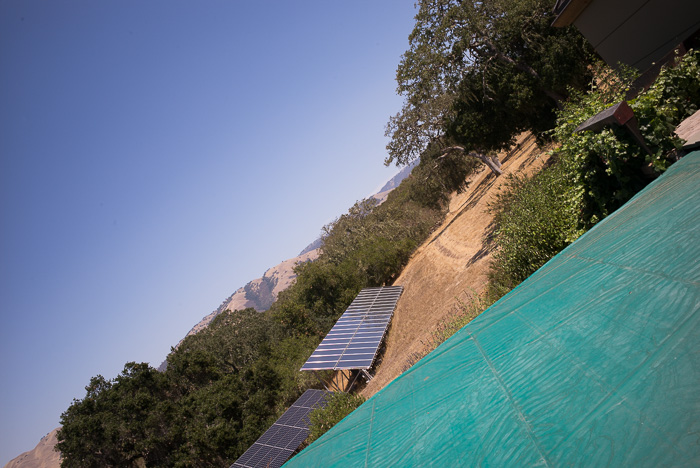
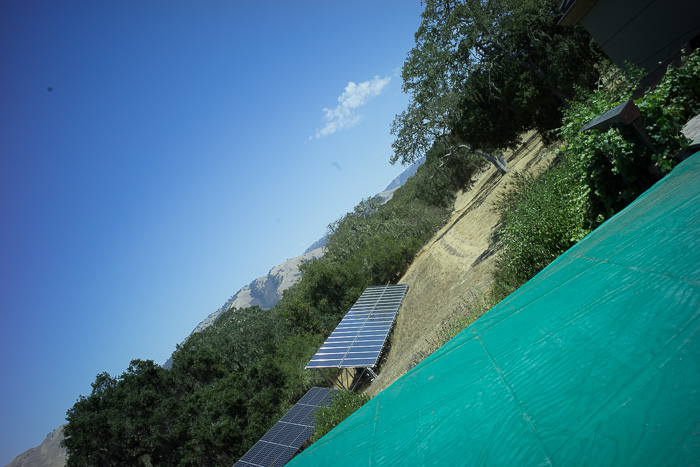
Both images were developed in Lightroom with the default settings, except that the white balance was set to daylight. Lens profiles were turned off. Lightroom does some lens-dependent sharpening that is not defeatable, however. Lr knows what lens is on the Leica, and it has no idea what lens is on the a7II because the adapter doesn’t provide it with that information. Let’s look at the center at 3:1 enlargement to make sure that Lr is not stacking the deck in favor of one of the cameras.
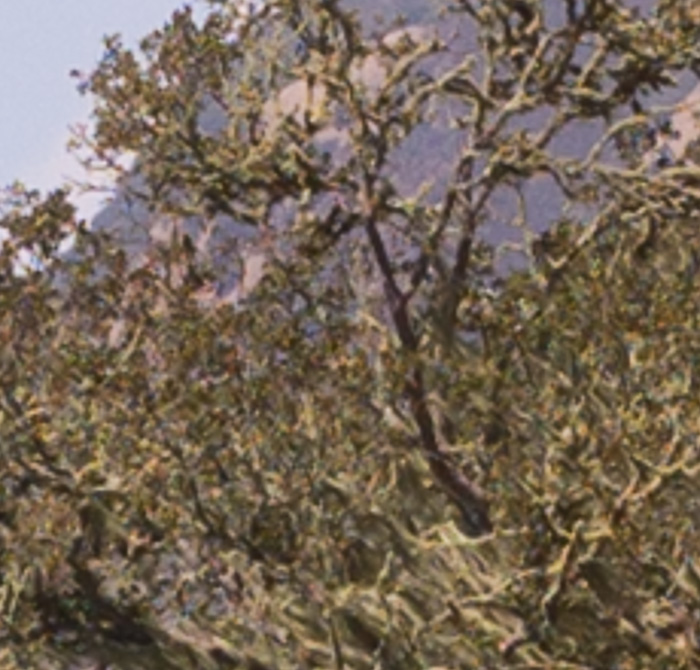
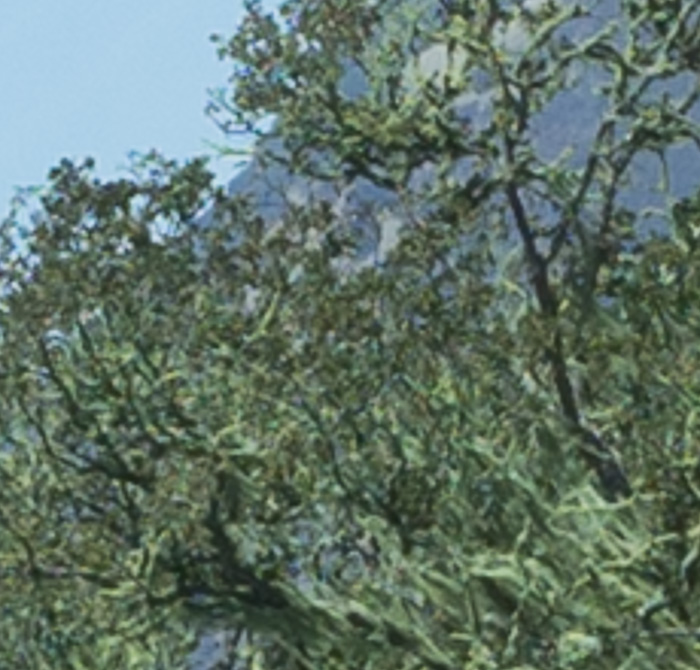
Except for the white balance difference, they look the same to me. By the way, I’m not correcting the white balance error in the Kolari images because I don’t want to add additional processing, and also — full disclosure here — because it provides me with a visual clue as to which are which and lessens the probability that I’ll mix something up.
Now let’s look at the lower left corner at all the whole apertures that the lens can use. I brightened the corners by one stop to compensate for lens falloff.
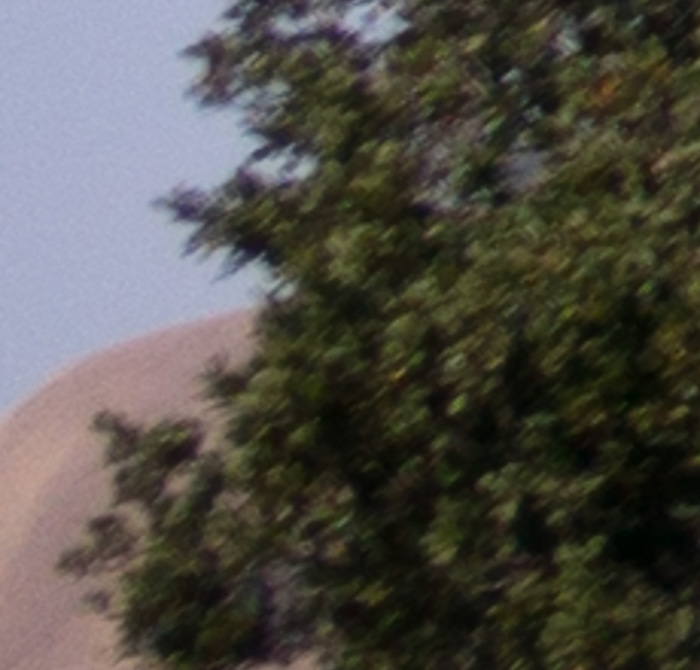
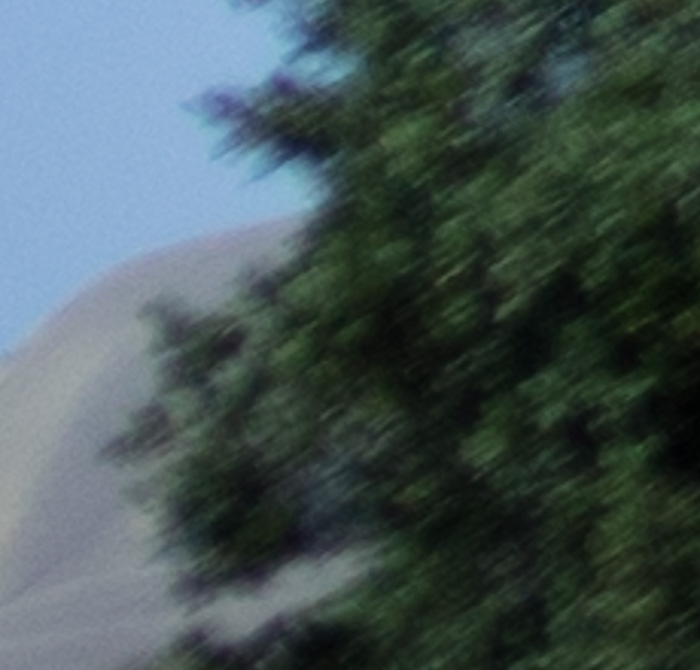
The Leica is substantially better. It’s not great, but the Kolari image is unusable if corner sharpness is necessary.
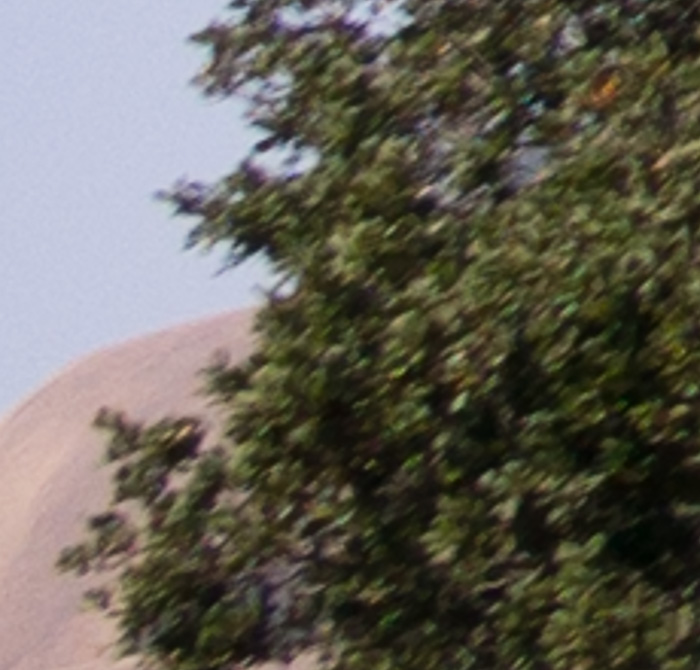
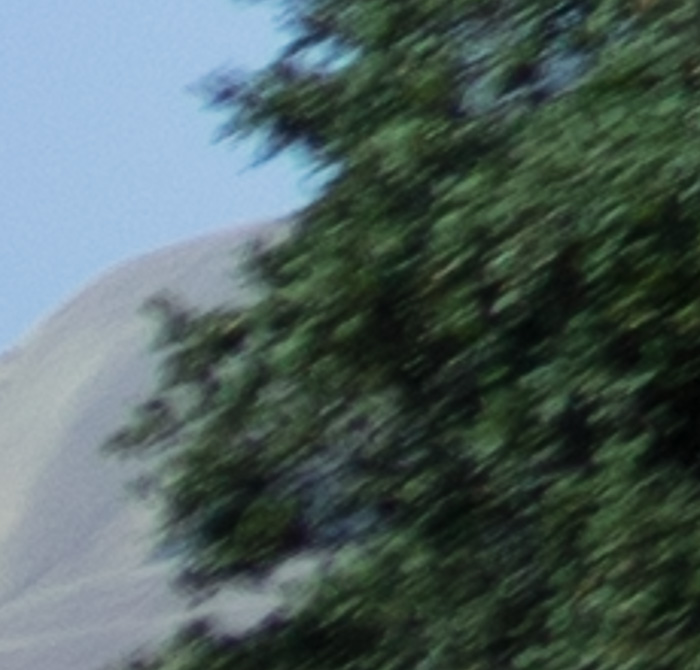
The Leica image is quite good. The Kolari is still soft.
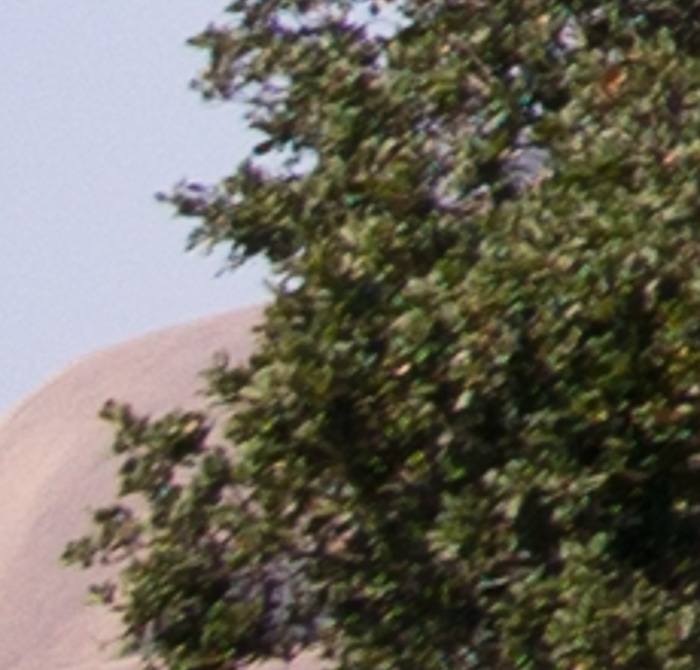
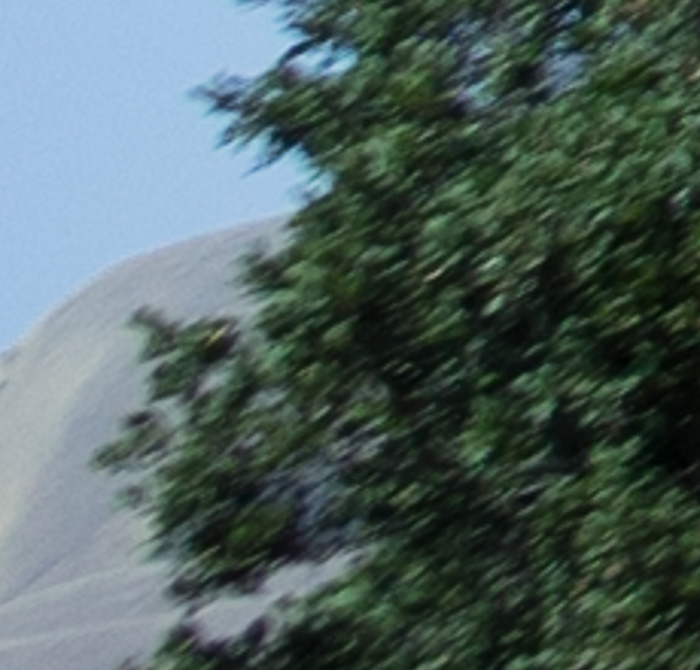
Now the Kolari is close to the Leica, but still not there.
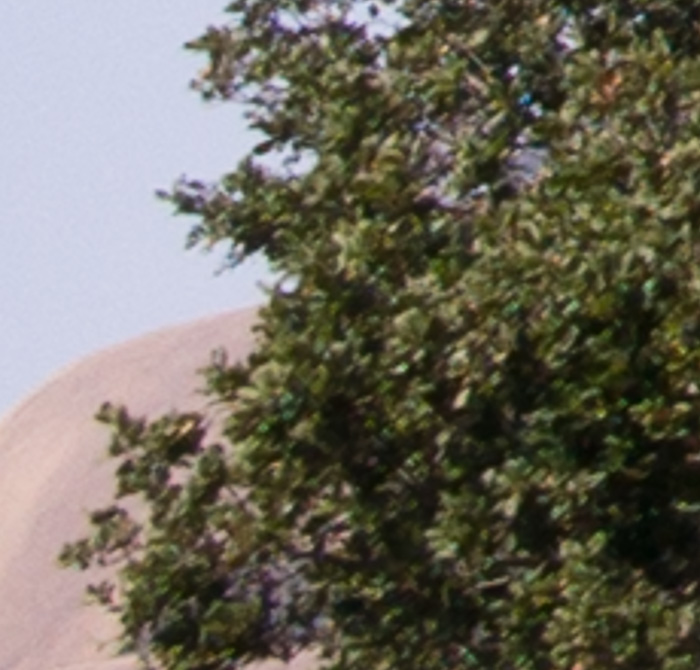
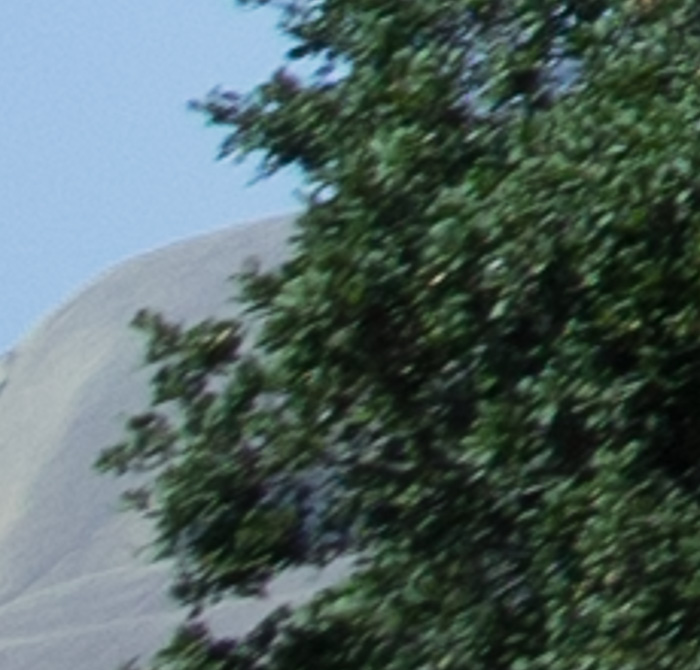
Now the Kolari is almost the equal of the Leica.
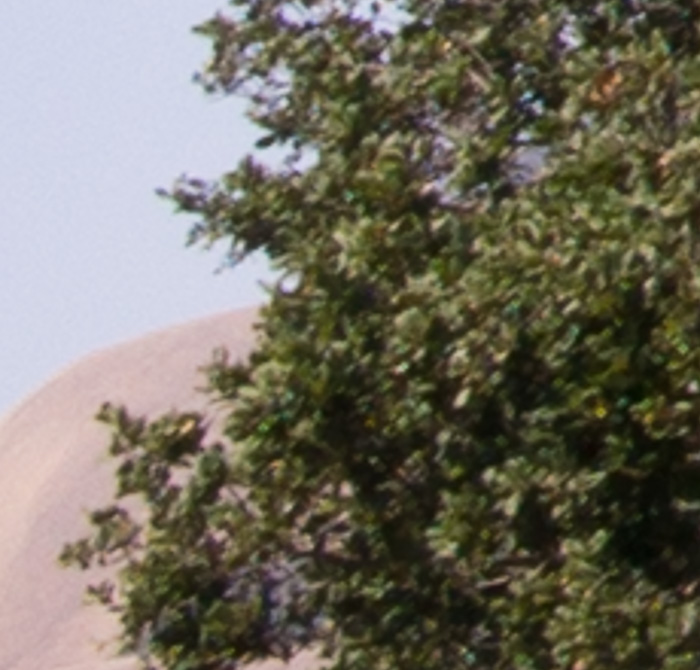
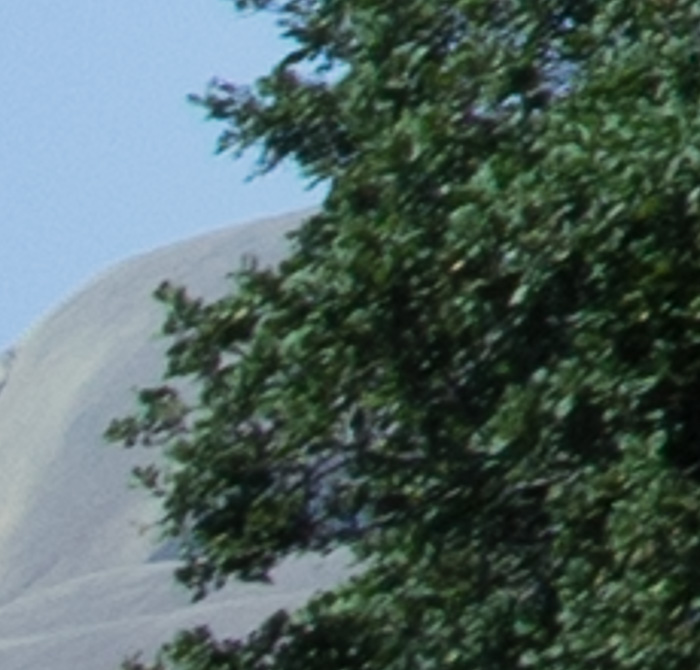
We’re starting to see a bit of diffraction. The two images are very similar.
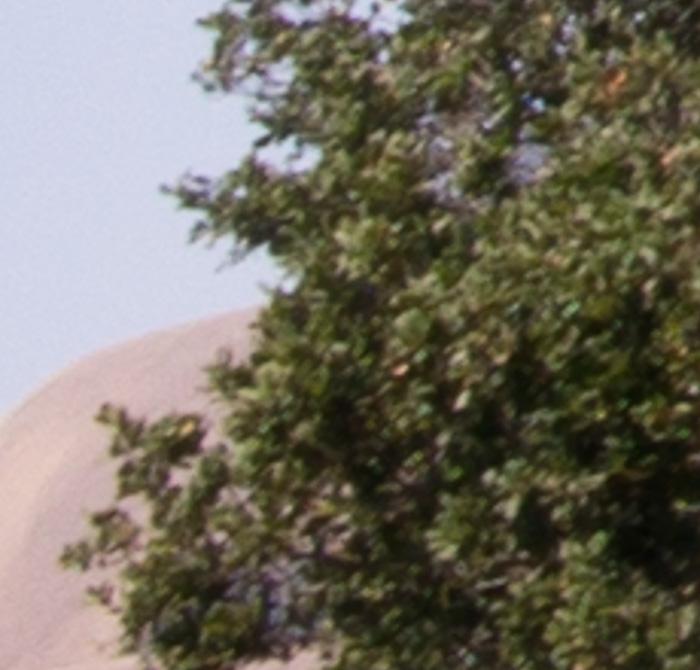
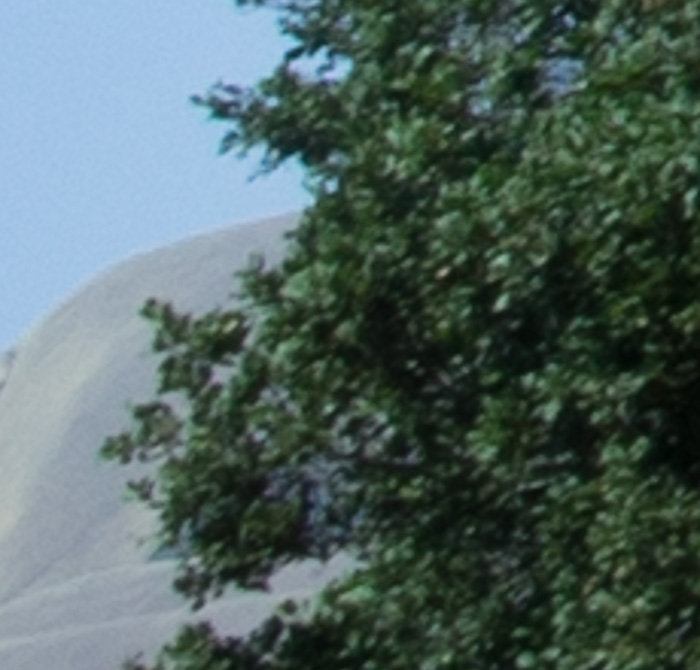
The Kolari image is a little sharper. I have no idea why.
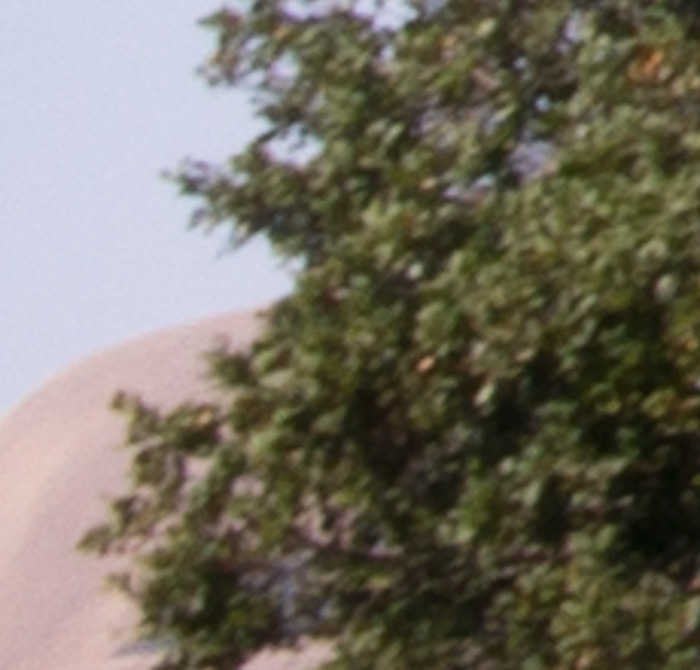
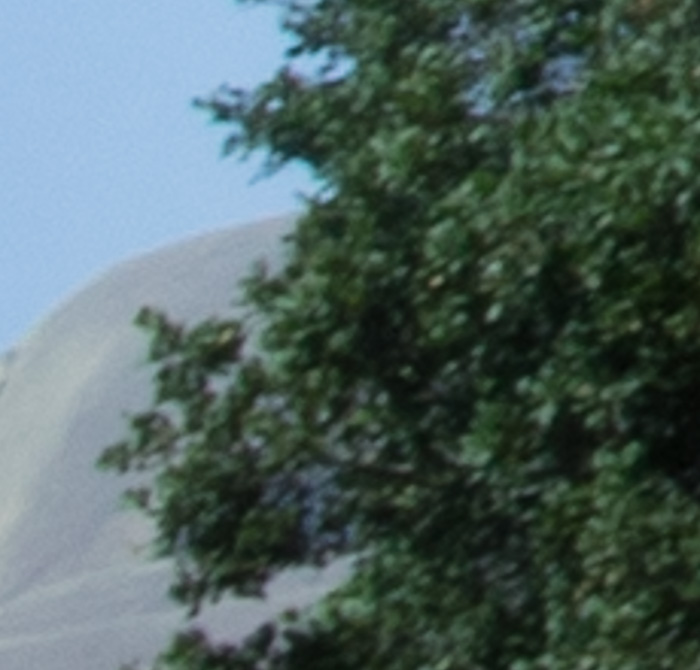
There is serious diffraction softening both images. The Kolari sharper. I don’t know why.
I’d find it helpful to see an equivalent magnified image from the center of the lens.
That should show the optimal that the lens + camera is capable of, as a comparison to what happens at the edges.
Also, that might show if the Kolari conversion impacts the center sharpness for better or worse.
There are two center image blow ups in this post. They’re right under the overall scene shots. The center image crops aren’t posted for all f-stops, because they are too similar to the ones with the other camera (except for WB, of course).
Oops … you’re way ahead of less-than-observant me.
Hi Jim,
Thank you for the informative comparison. It’s nice to see that the Lux 50 ASPH behaves the same on both cameras. The Kolari mod does help lessen the astigmatism and field curvature in a wide angle lens, but often time not completely.
Since the A7 series can move the focus mag anywhere in the frame, what I have found is that if you focus for the best corner, the DOF at f/5.6 or f/8 yields no drop in center resolution. Such ability could bring the modded Sony cam closer to what a Leica M body can do around f/5.6 or f/8. It works on the SEM 21 (with users’ confirmations). I do wonder if this Elmarit 28 would need such re-focus.
Thank you very much for this comparison!
It is very difficult to come by well made tests that do lead to reliable conclusions.
Still the result puzzles me, since I thought the Kolari Mod would lead to similar performance as the Leica M240 due to comparable filter thickness. And it did in many of your other tests.
Would it be an option to disguise the lens type from the Leica M240 (blocking lens recognition with black tape on code) to rule out hidden internal processing on the Leica?